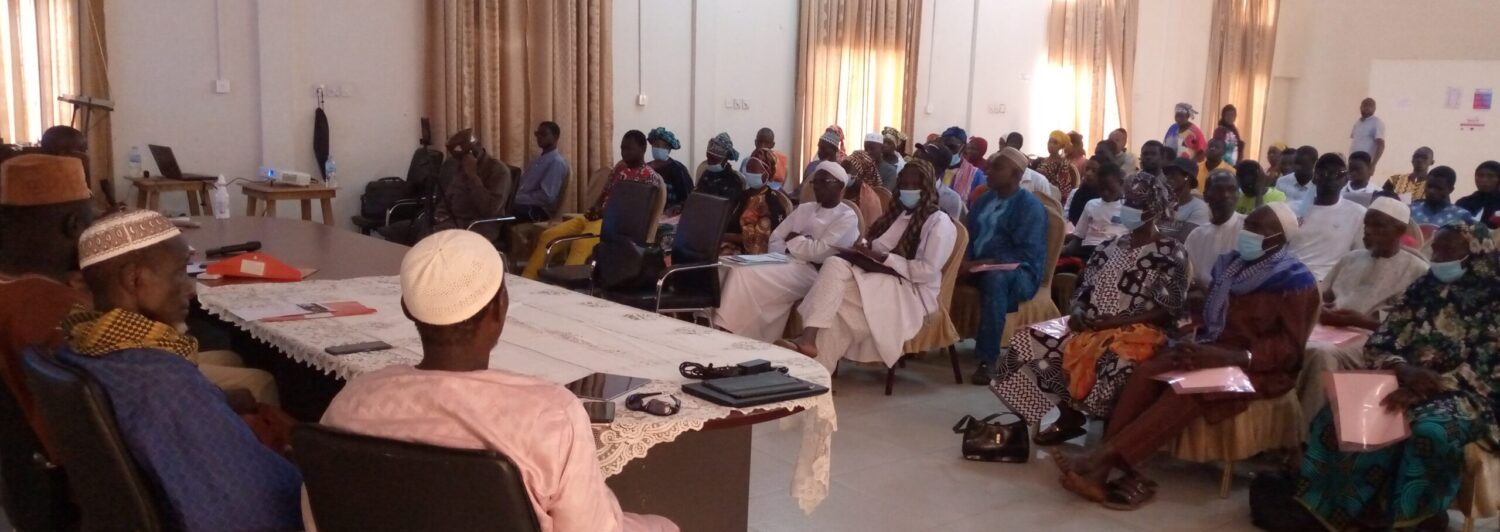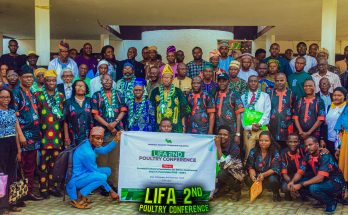On 8th of September, 2020 Livestock Industry Foundation for Africa presented a lecture on the Epidemiology, Chemotherapy and Dietary Management of Fowl Cholera in Humid Tropical Climate using Nigeria as a case study.
The lecture was presented by Dr Stephen Adejoro who happens to be the president of LIFA. Dr Adejoro reported in his presentation that fowl cholera is a chronic disease of poultry which occurs in a cycle of 12 weeks starting from age 26 to 28 weeks.
This lecture presented by Dr Adejoro has attracted several international commendations from international experts whose findings corroborated his findings in Nigeria. Below therefore are some of the international discourse on fowl cholera.
Dr Narayan Banik
Fowl Cholera is very difficult to control but needs to maintain the highest standards of biosecurity plus proper vaccination schedule. In commercial layers, once it enters the flock it is recurrent after 12 weeks but sometimes within 4 weeks of time. Liver parenchyma tissue needs regeneration by proper treatment. Thanks to Dr Stephen Adejoro for giving practical suggestions regarding FC treatment and control. please tell the roles of mycotoxins in the treatment of FC. How can we change feed formulation?
Dr Stephen Adejoro
My prescription for the holistic management of fowl cholera must include the use of toxin binder, however unfortunately I did not mention this in my lecture because we did not use it in the case study presented, but more understanding and in our recent treatment approach we do recognize the use of toxin binder especially in the tropics where feed hygiene could be poor. On the role of dietary management, this reported case was making its own feed and we have the privilege to read just the feed profile.
However, for commercial Miller’s it’s my advice that there should be an option for the farmer to request for medicated, or have access through his Veterinarians or nutritionist to request for a premium modification of their feed in such lingering cases of fowl cholera.
Dr Horazio Raul Terzolo
Dr. Stephen Adejoro, I have been working together with my colleague Yossi Huberman. I would like to add that in Columbia Blood agar without blood P. multocida but with added equine serum colonies can easily be distinguished because they grow smaller than any possible Enterobacteriaceae usually contaminant bacteria and have a characteristic blue color, sometimes iridescent, and therefore you can pick up and purify easily. I hope it is useful to you!
Dr Algis Martinez
We all know that rodents, cats and pigs are the main source of Pasteurella multocida for commercial poultry and therefore, POOR HYGIENE is the main culprit for fowl cholera. Those farms where hygiene, rodent extermination and proper biosecurity have been ignored, are the ones that keep breaking with the disease. Hundreds of thousands of dollars are lost not just due to the economic impact of the disease itself through mortality and production losses but also because all the money and resources spent on programs that don’t work and proper farm hygiene, which is the key to success, is not taken seriously. Vaccination by itself does not prevent the infection. Vaccination helps but for a vaccination program to be successful it requires proper farm hygiene; clean surroundings, strict biosecurity.
Livestock Industry Foundation for Africa advises Poultry farmers in Africa (Nigeria) to show better interest in Dr Stephen Adejoro presentations to boost health and production in the poultry industry.




